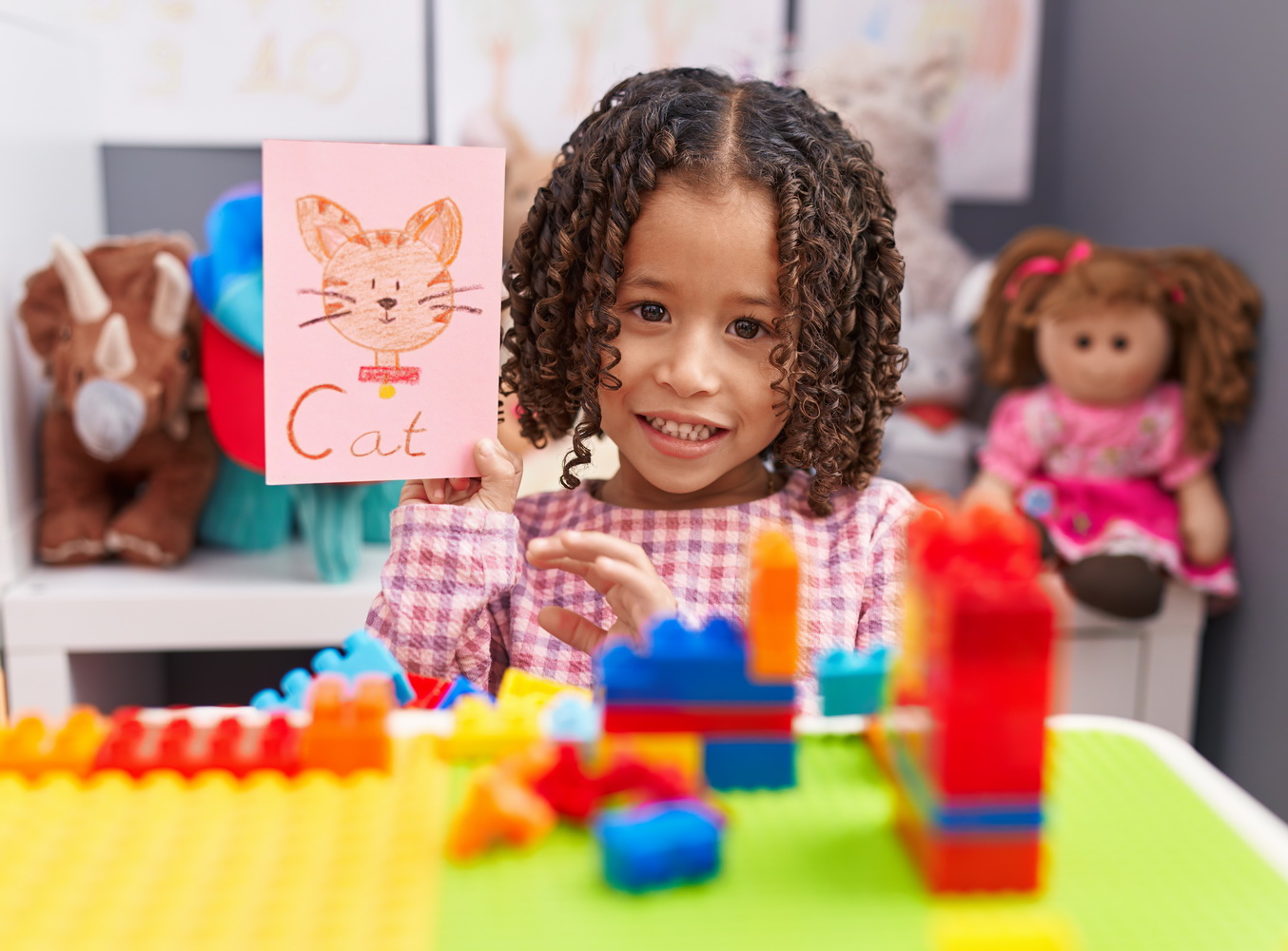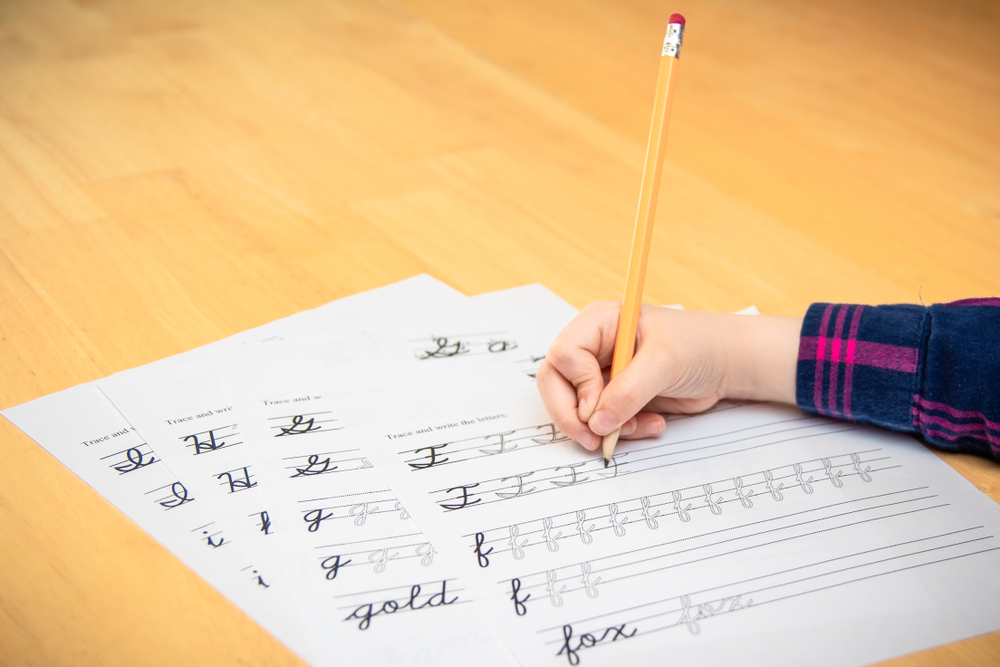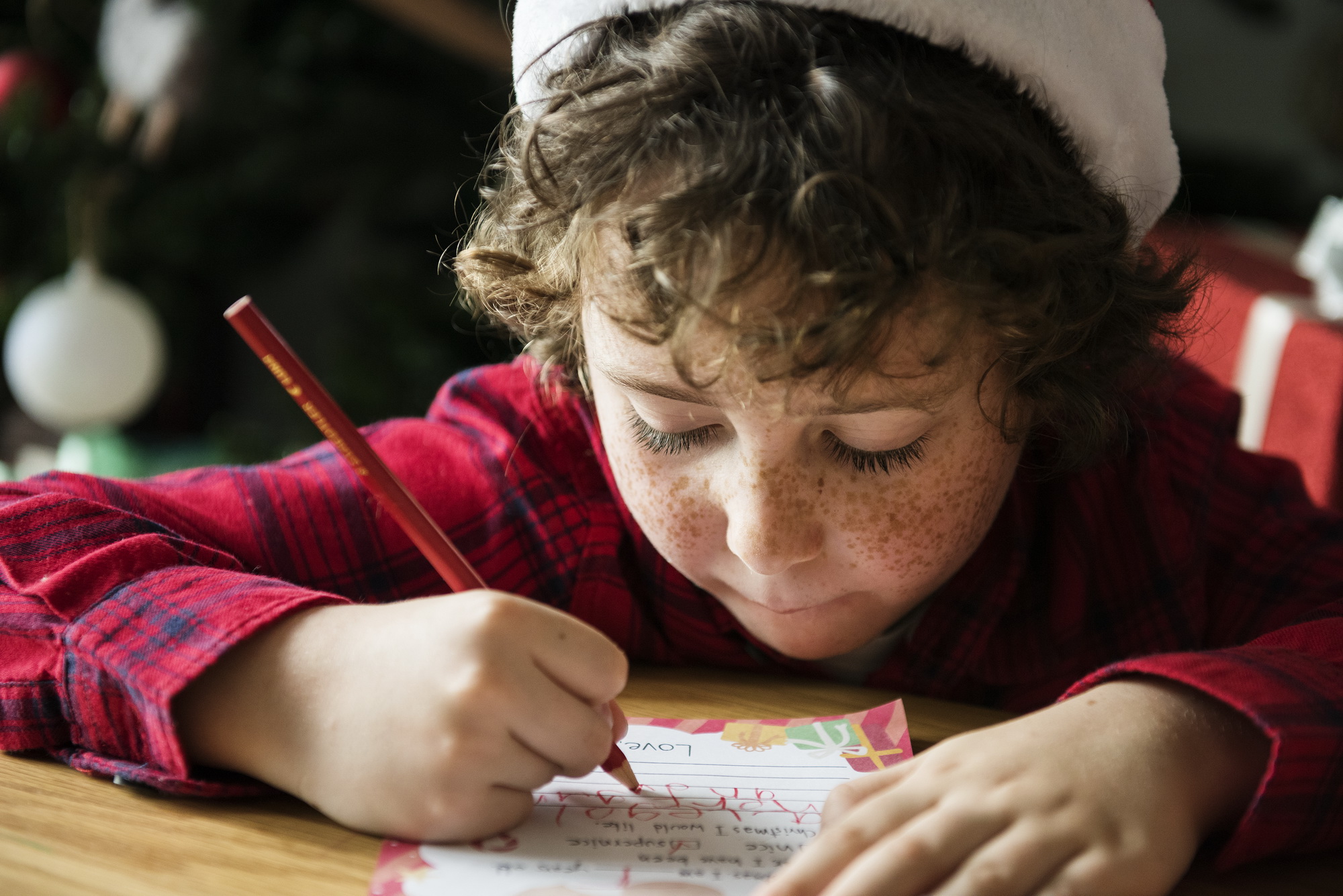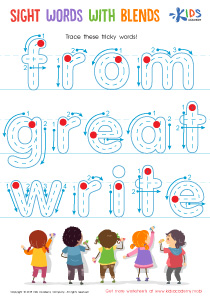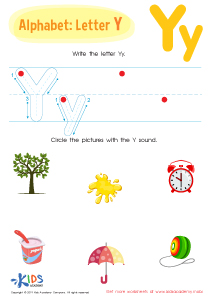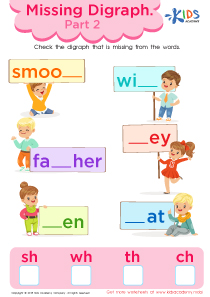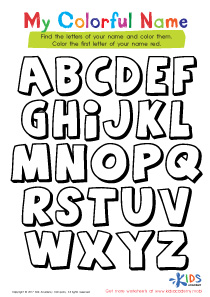Vocabulary Building Grade 1 Alphabet Worksheets
6 filtered results
-
From - To
Our "Vocabulary Building Grade 1 Alphabet Worksheets" are designed to develop your child's language skills through engaging and educational activities. Each worksheet incorporates colorful illustrations and fun exercises to help first graders build a strong vocabulary foundation. These printable resources cover alphabet recognition, word formation, and usage, which are essential for early reading and writing proficiency. Perfect for both classroom and home use, our worksheets cater to diverse learning styles, making vocabulary building an exciting journey. Empower your child’s learning experience with tools that encourage curiosity and foster a love for words!
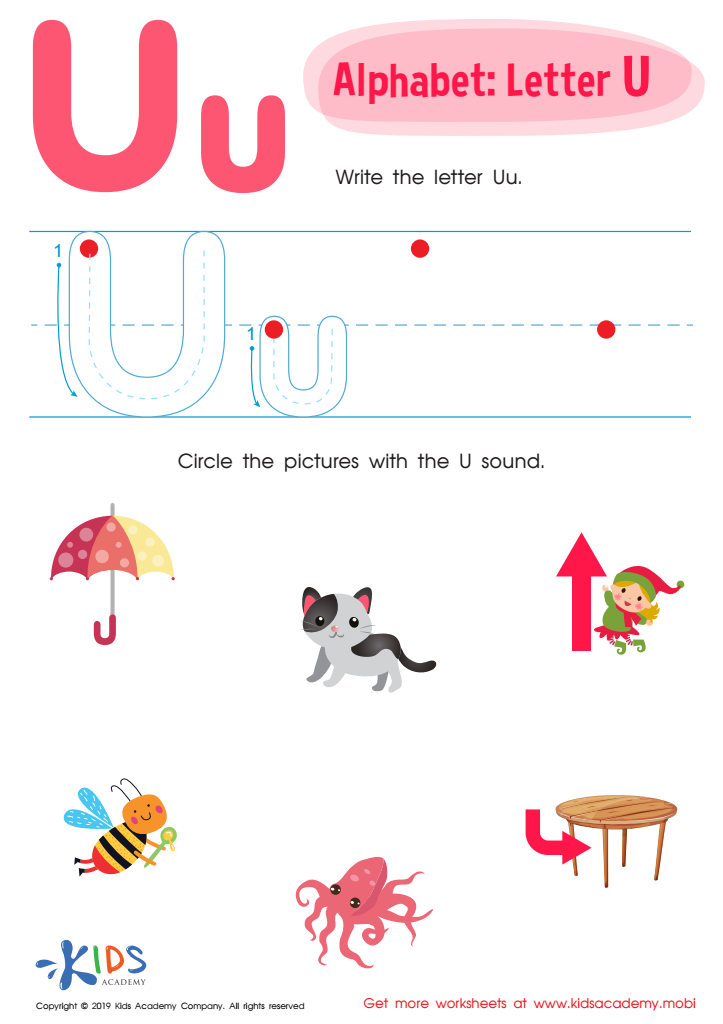

Letter U Tracing Worksheet
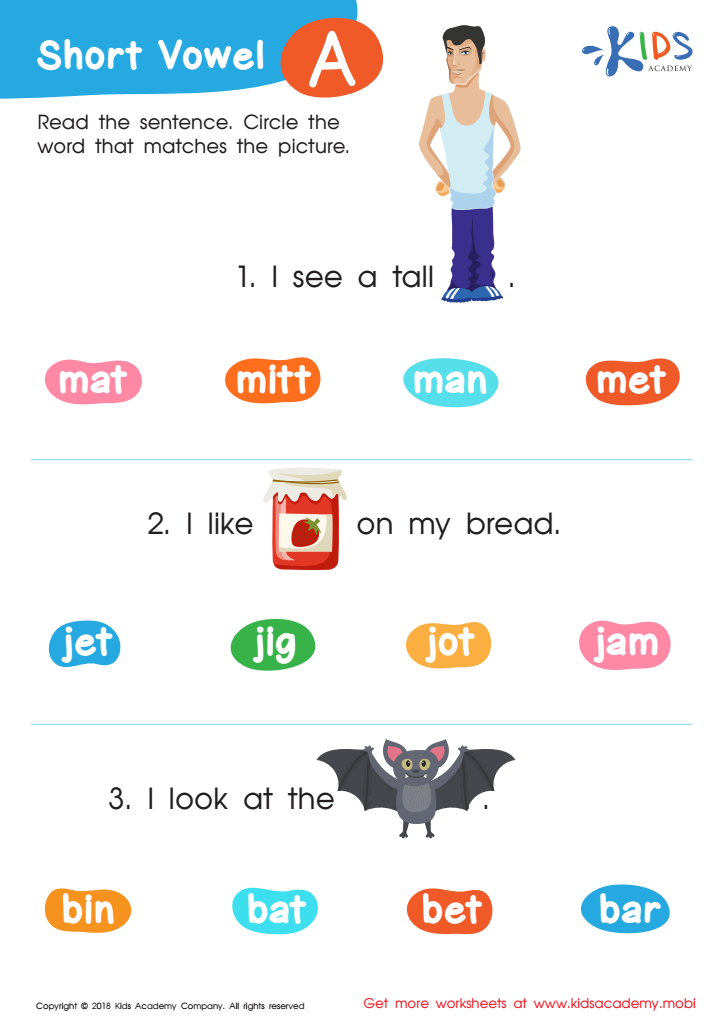

Short Vowel /a/ Worksheet
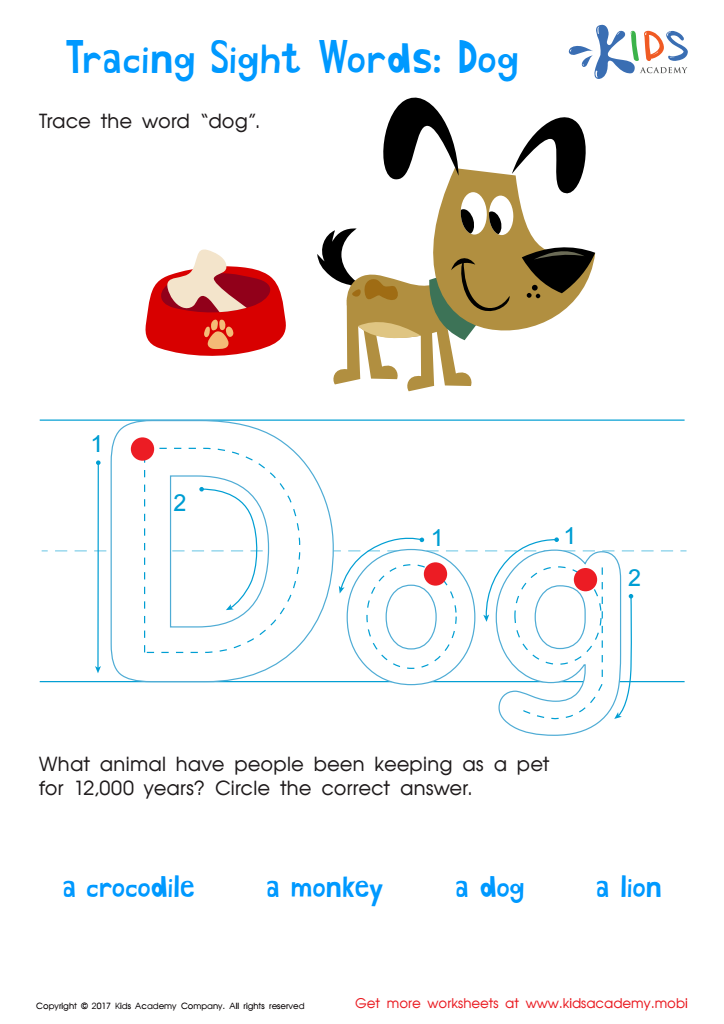

Dog Worksheet Sight Words Worksheet
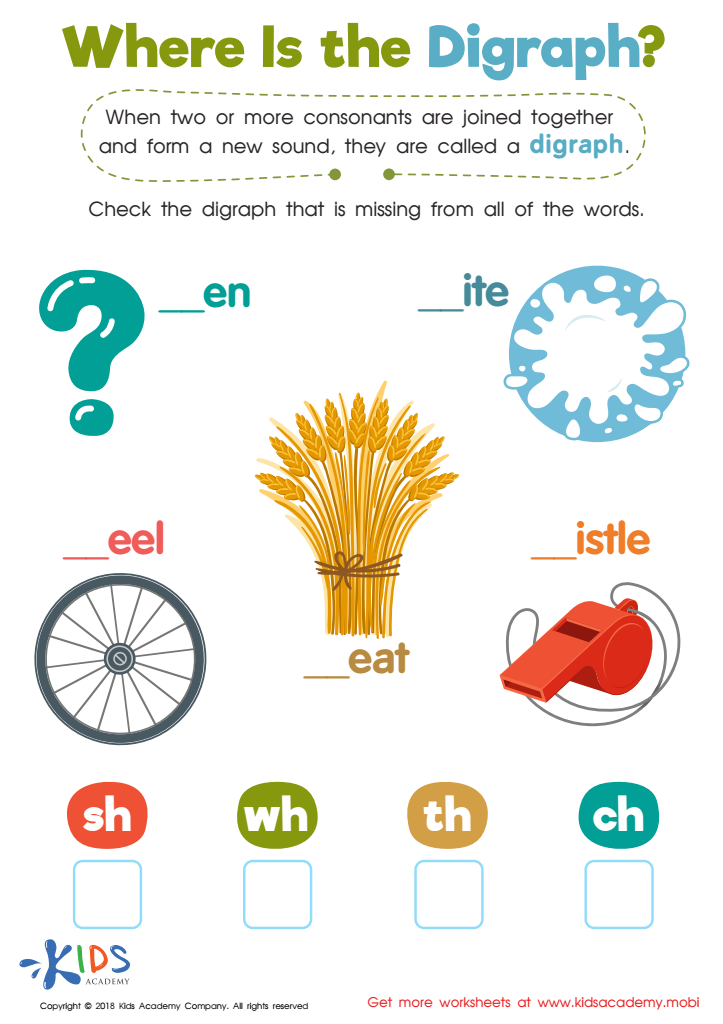

Where Is the Digraph? Worksheet
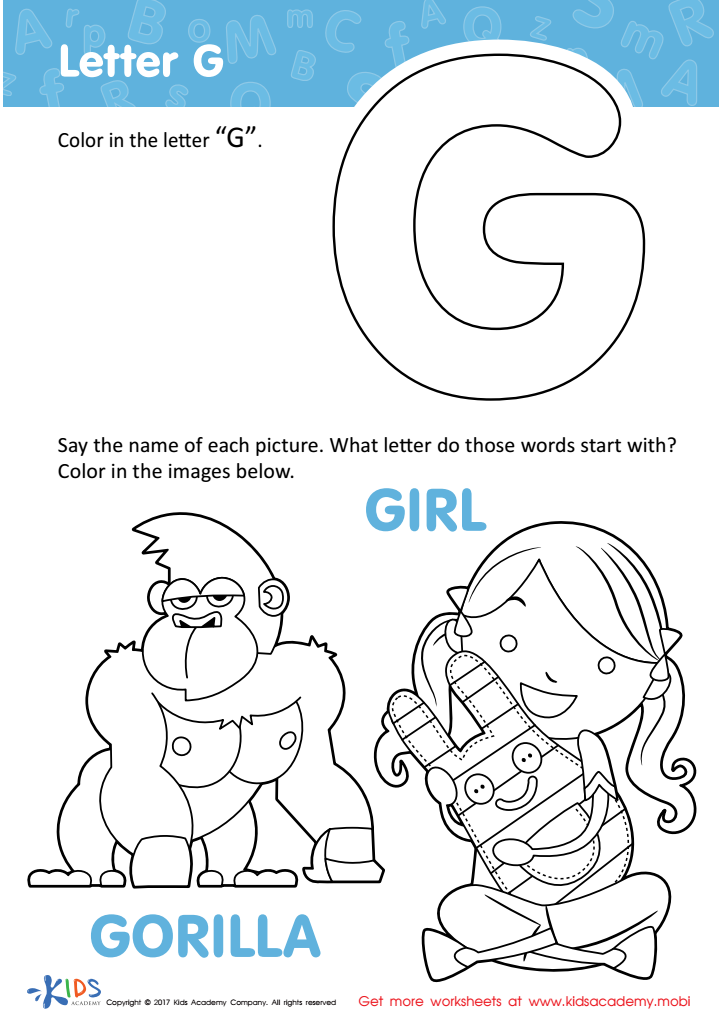

Letter G Coloring Sheet
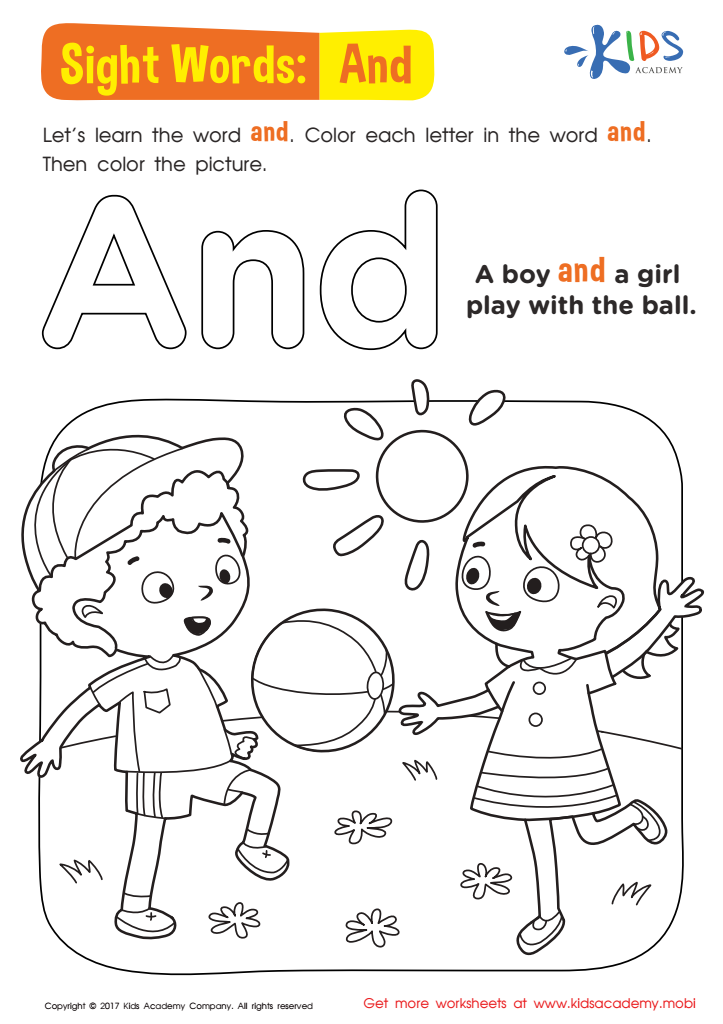

And Worksheet Sight Words Worksheet
Building a strong vocabulary at Grade 1, particularly through the alphabet, is crucial for young learners. At this tender age, children are highly receptive to new information, and the foundational skills they develop can significantly impact their future academic success. Proficiency in vocabulary enhances comprehension, allowing children to understand instructions, stories, and texts more thoroughly. This understanding, in turn, fosters confidence and a keen interest in learning.
By focusing on vocabulary building alongside the alphabet, children learn to associate letters with sounds and words, making the process of reading more intuitive. Recognizing words and their meanings allows children to express themselves more clearly and engage more effectively in classroom discussions and social interactions.
Moreover, a robust vocabulary acts as a building block for critical thinking and problem-solving skills. It aids in context comprehension, enabling students to infer meanings and grasp nuances within conversations or texts. Early vocabulary development is linked to better reading fluency, writing skills, and overall cognitive development.
Parents and teachers who prioritize vocabulary building create a rich linguistic environment. This fosters an enjoyment of reading and learning, setting compelling language skills in formative years, which serves as a strong predictor of long-term educational attainment and personal growth.

 Assign to My Students
Assign to My Students




